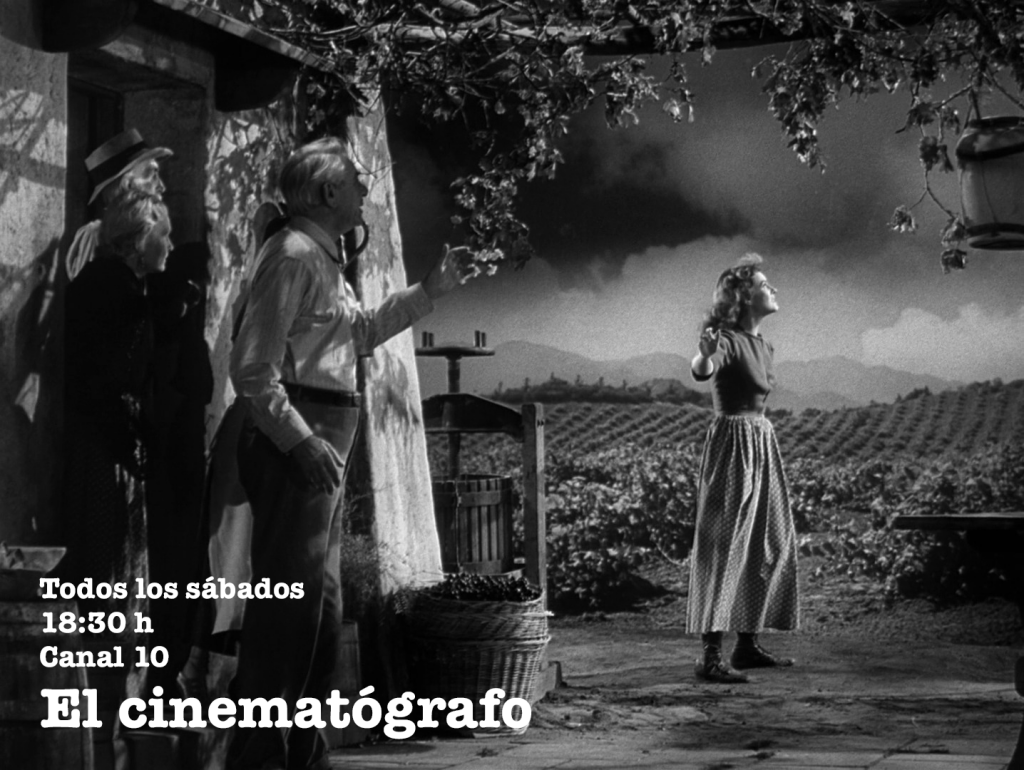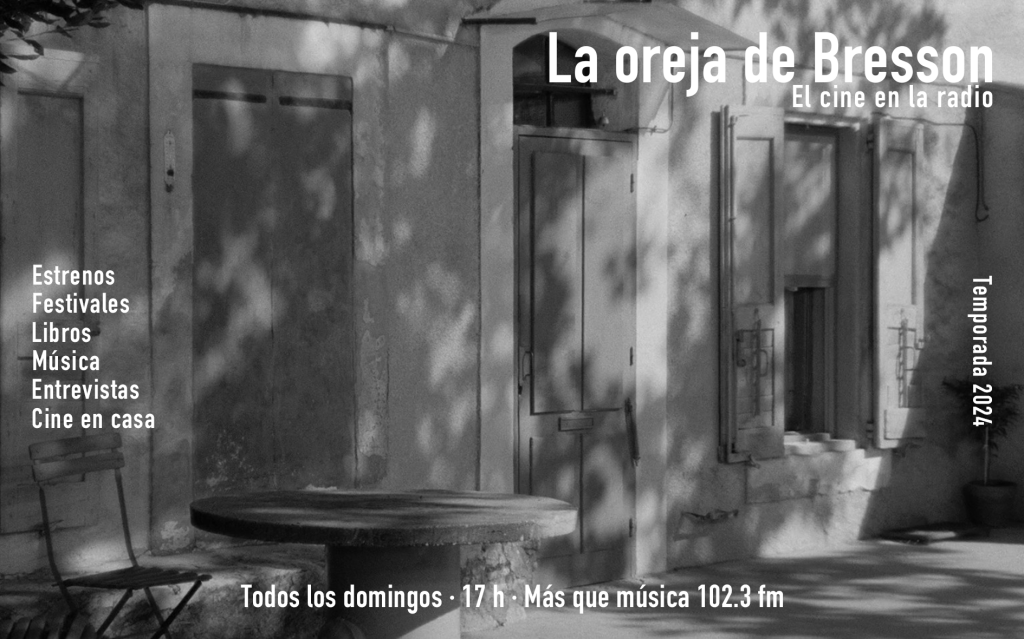
FICUNAM (08)
FESTIVAL INTERNACIONAL DE CINE UNAM: PELÍCULAS EN COMPETENCIA / FILMS IN COMPETITION
By Roger Alan Koza
La vida útil / Useful Life, de Federico Veiroj, Uruguay-España, 2010: At the beginning, there is a warning on the fictional character of the film, including the portrait of one of its central characters —Cinemateque. It is beautiful to see all characters never referring to it using the article. The first thirty minutes are entirely dedicated to Cinemateque —the building, the theater, the box office, the film deposit, the offices, the employees. Jorge –an all-terrain programmer—and Martinez, the director at Cinemateque, share out some DVD films which arrived from Iceland. However, it’s not all just work. Right from the start a moaning, some sort of agony can be suspected. The official war report, the diagnosis, is blunt: many months of rent are due and embargo and closure are the predictable outcomes. More than an institution, this is an endangered living organism and those who are the living cells of Cinemateque struggle to keep that image-collecting animal breathing. Will it die? At a certain point, Jorge stops being the one in charge of programming and presenting films to become celluloid living matter. And so, a walk in Montevideo is metamorphosed into an open-air theater: during his stroll, recognizable soundtracks are heard; as if Jorge was a cinema-loving antenna capable of being a channel for the history of cinema, which floats and travels through space. La vida útil is, secretly, a cinephile elegy without bitterness or resentment. It can’t be known how long the useful life of cinema will last; but, without a doubt, this discreet masterpiece announces, together with Goodbye Dragon Inn and Fantasma, the twilight of an era of cinema.

La Lisière / El límite, de Géraldine Bajard, Francia, 2010: This unclassifiable and atmospheric first work by Géraldine Bajard is set in a small town in Northern France. A physician from Paris gets a promotion in the region and his girlfriend goes along with him, at the beginning. The town is not an ordinary one: young people –zombie-like members of a satanic cult—gather in the woods at night. Behind the trees, under the dim light of torches, they touch and embrace one another turning sexuality into a radical gesture of seduction, with no fulfillment. The doctor is found attractive by the female youths, which creates rejection among the male members of the gang. Tension between the leader of the gang and the doctor reaches its climax after a bizarre ritual in which an accident occurs. At certain moments —in spite of the predominating pop-dark aesthetic— the film reminds us of Robert Bresson (The Devil Probably, Balthazar). Purged of all traces of psychological sentimentalism, a fascination for the hands as the arena for an almost spiritual expression and the work on spaces as blocks are repeated throughout the film. Bajard points at an area of tension and symbolic violence in contemporaneous cinema, as well as a taboo in permissive societies: seduction between teenagers and adults, a problematic intercourse destined to be an anathema but, paradoxically, incited at every moment. The title signals an edge, a limit, or the end of it; seduction as strength and as a diffuse regulating principle for all behaviors.

Todos vós sodes capitáns /Todos vosotros sois capitanes, de Oliver Laxe, España, 2010: Oliver Laxe’s first film, as many contemporary art films, challenges the categories of fiction and documentary. As the title suggests politics is one of the main focuses of the film, though the plot has to do with a film workshop for kids at Tangier, Morocco, given by a young Spanish director interpreted by Laxe himself. Without a doubt, the camera represents a locus of power, and in this case what it entails is to get to know the points of view of a group of children playing to be movie directors. In a small —but central— sequence, the children practice filming some Western tourists who are in excursion through the neighborhood where the kids live. Those who usually are photographed are now the ones in charge of taking the images. However, when we finally see how the children see the world through a camera, the film exceeds the logic limits of their narrative development and it fluctuates between resisting the foreign teacher and mistrusting school authorities. Todos vosotros sois capitanes reminds us of the early films by Abbas Kiarostami, where children were the only protagonists and where a director —from a specific social class— interacted with his interpreters in a sometimes asymmetrical relation. Laxe’s film is much more complex than it seems, and its aesthetic accomplishments might be more relevant than its evident humanistic side.






Últimos Comentarios